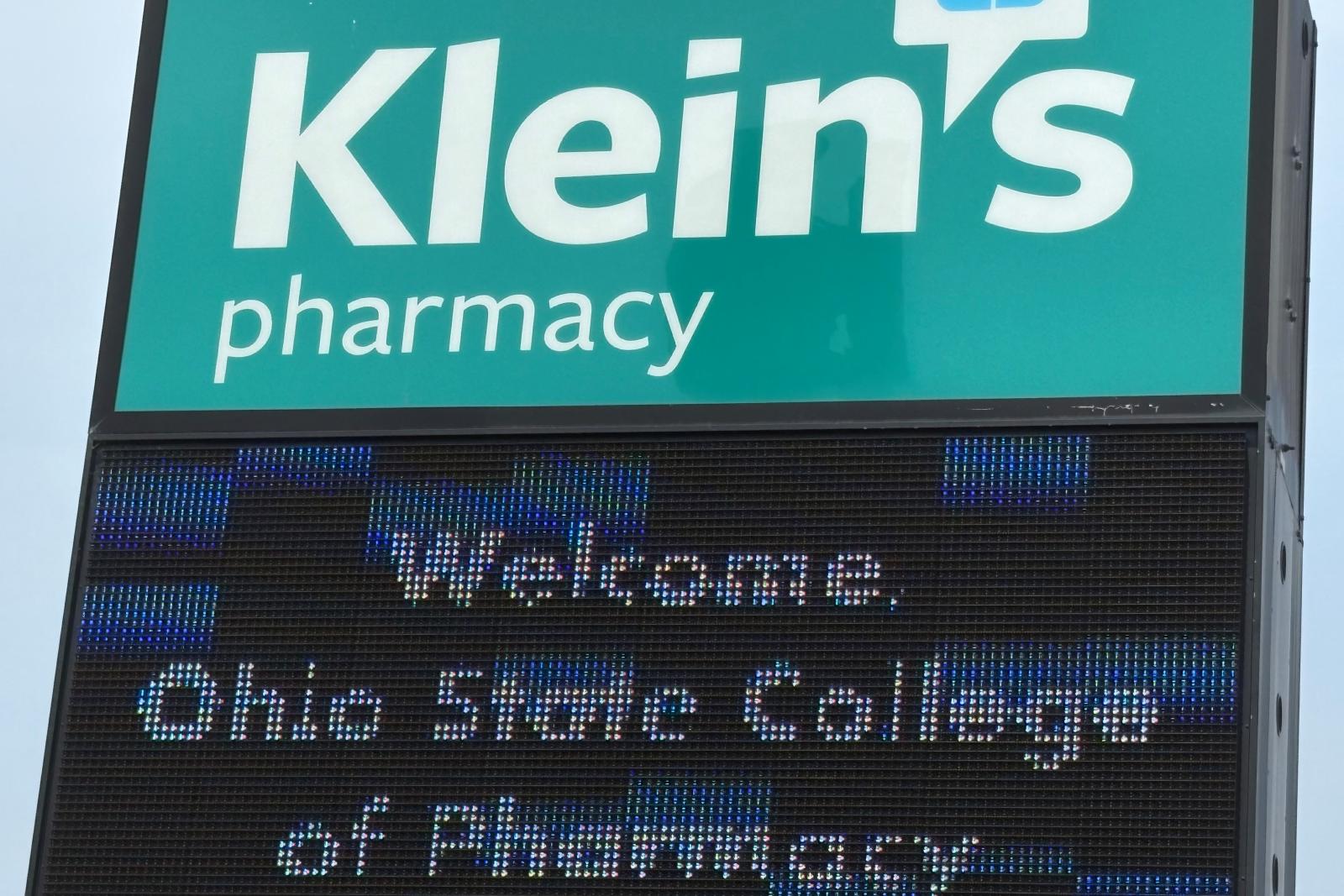Designing solutions for community pharmacies

By Deanna L. Kroetz, PhD, BS Pharm '85, dean and professor at The Ohio State University College of Pharmacy
A new academic year has arrived, bringing new students and new opportunities to advance pharmacy education, practice and research. This summer gave me time to reflect on how we approach problem-solving in pharmacy—especially around the challenges faced by community pharmacies.
One framework that continues to resonate with me is design thinking, as outlined by the Stanford d.school. Their five-step process includes:
- Empathizing to understand users and their lives
- Defining the problem
- Ideating to generate a range of solutions
- Prototyping to explore possibilities
- Testing to learn about both the solution and the user
Applying these concepts to pharmacy practice means focusing on the needs of the communities that rely on their local pharmacy for accessible health care. What do our community members need to improve their health—and how can pharmacies deliver those services with sustainable business models?
Over the past year, I visited three independent Ohio pharmacies—Klein’s in Cuyahoga Falls, Kaup in Fort Recovery and Schieber Family in Circleville—each owned by alumni of our college. These pharmacies have adapted over time to meet their patients’ needs, introducing services like medication therapy management, compounding, packaging and home delivery. They also support Medicare enrollment, provide immunizations and serve as trusted health care providers in areas with limited access. I returned to Columbus encouraged by their strong community ties and commitment to treating patients and staff like family.
Yet, the increasing challenges faced by community pharmacies across the country have led to a drastic rise in pharmacy deserts—typically low-income rural and urban neighborhoods where residents must travel long distances to access care. Contributing factors include declining reimbursement rates, disparities in drug acquisition costs and complex payment systems. These closures reduce access to care and limit practice settings for pharmacists in vulnerable communities.
While faculty and students at our college closely monitor the political and economic landscapes and advocate for change, we are also developing strategies to recruit more students and prepare them to serve in communities with limited access to health care. Our Pathways and Recruitment Opportunities for Pharmacy Exploration and Learning (PROPEL) program was created to raise awareness of pharmacy careers among middle and high school students, increase enrollment in training pathways and provide education focused on serving urban and rural communities. As the program launches this year, we are also developing a design thinking specialization to help students reimagine sustainable business models and patient-centered solutions.
As a founding member of the Academia-Community Transformation (ACT) Community Pharmacy Centers of Excellence, we are dedicated to training students to address complex medication-related challenges across a wide range of practice settings. Our integrated curriculum and hands-on experiences expose students to urban, suburban and rural pharmacies—each with unique challenges and services. This training is made possible through strong partnerships. For the past 20 years, our Partner for Promotion program has empowered over 200 students and 100 pharmacists to create new services at rotation sites and has been adopted by eight pharmacy programs nationwide. Our PGY1 community-based residency programs, developed through long-standing collaborations with Kroger Health, Uptown Pharmacy and others, have produced nearly 200 graduates who continue to advance the profession and earn national recognition.
The priorities outlined in our Strategic Plan chart a path for our college to evaluate and respond to shifts in the pharmacy landscape. We are addressing challenges like pharmacy deserts and declining access by expanding partnerships with community pharmacies to support student learning and faculty research, engaging alumni and partners to help shape the next generation of problem solvers, and adapting our curriculum to prepare students to advocate for change and design solutions that restore access to care.
Community pharmacies are essential, and the challenges they face require thoughtful and strategic responses. Let’s keep asking the right questions, listening closely and designing solutions that fit the lives of the patients we serve.